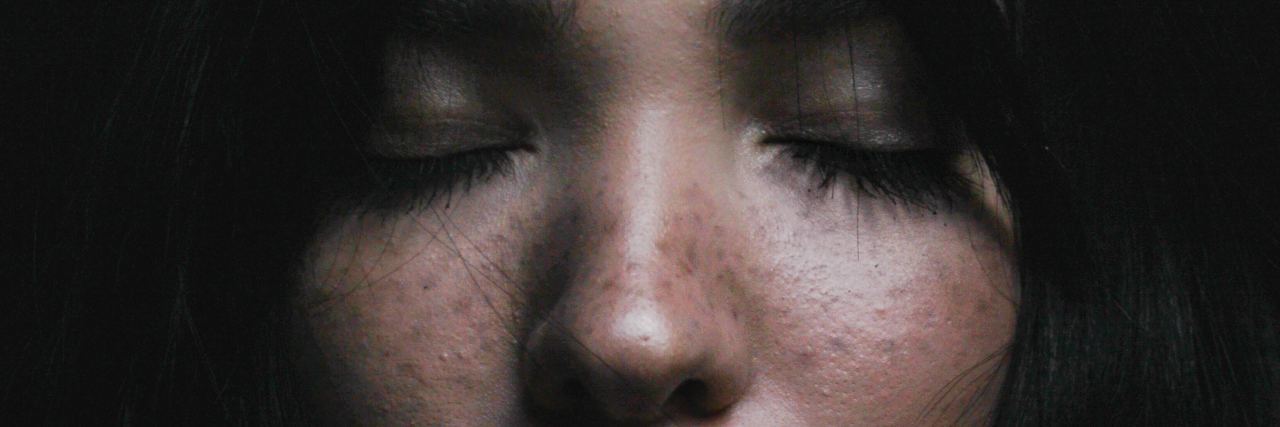Schizophrenia is a severe, chronic and often debilitating mental illness, which can produce a number of difficulties in a number of life domains. Adding to this complexity is the stigma and misconceptions surrounding it, often leading these people to be discriminated against. So let’s take a look at six common myths about schizophrenia and the facts behind them.
1. People with schizophrenia are dangerous.
This is an unfortunately common and especially harmful myth, often leading people to treat those with schizophrenia more harshly than others, provide them with less opportunities around employment and housing, and be reluctant to form meaningful relationships with them. While some people with schizophrenia can be violent (just as many people without schizophrenia can be violent) this is a small minority. One study found that of violent offenders who did have schizophrenia, only 23% of their crimes were directly related to their symptoms.
2. People with schizophrenia have multiple personalities.
This is another widely held belief about schizophrenia. This myth likely originated as the origin of the word-forming element “schizo” means “split” in Greek. While schizophrenia does have a wide array of symptoms, “multiple personalities” is not one of them. This mental illness is referred to as dissociative identity disorder (DID) and is a distinct mental illness in itself.
3. Schizophrenia only involves hallucinations and delusions.
While hallucinations and delusions appear to be the more obvious signs of schizophrenia as they are “positive” symptoms (more obvious signs of psychosis), there are a number of negative symptoms (the absence or insufficiency of normal behavior) and disorganized symptoms (erratic behavior that affects speech, motor and emotional reactions) that are also symptoms of schizophrenia. These include disorganized or absent speech, low motivation, and flat, inappropriate affect or dysfunctional or erratic behavior. If you’d like to know about these symptoms in more detail, please refer to my previous blog on schizophrenia.
4. There are no treatment options available for people with schizophrenia.
There certainly are treatment options available for people with schizophrenia. Typically, antipsychotic medication is the primary method of treatment, however people with schizophrenia will also benefit from community support, psychoeducation, family therapy and one-on-one psychotherapy. In most cases, although the symptoms of schizophrenia may not disappear in their entirety, they may become a lot easier to manage. There are, however, a small group of people who do make a full recovery; the chances of this substantially increase with early intervention, particularly around first-episode psychosis.
5. People with schizophrenia can’t hold down a job, form meaningful relationships or be independent.
False, false and false. With the proper supports in place, many people with schizophrenia can go on to attain and maintain employment, develop relationships and even live independently and care for oneself. In fact, research tells us that working appears to help people recover from schizophrenia. This sense of personal autonomy and empowerment is valuable throughout the entire recovery process. Receiving this support can also assist people in regaining good social functioning and feeling confident in their abilities to care for themselves.
6. People with schizophrenia have low intelligence.
While it is true that many people with schizophrenia have a lower than average intelligence, primarily attributable to their negative and disorganized, symptoms this is definitely not the case for all people with schizophrenia. Some people with schizophrenia, primarily those who have fewer negative symptoms, prove to have an average or even higher than average IQ.
If you feel you or someone you know may be experiencing schizophrenia, it is important that you reach out to your GP or mental health professional for support. While schizophrenia can be a challenging mental illness to live with, by engaging with the proper treatment and support, many people with this disorder can live productive and meaningful lives.
Photo by Zulmaury Saavedra on Unsplash

